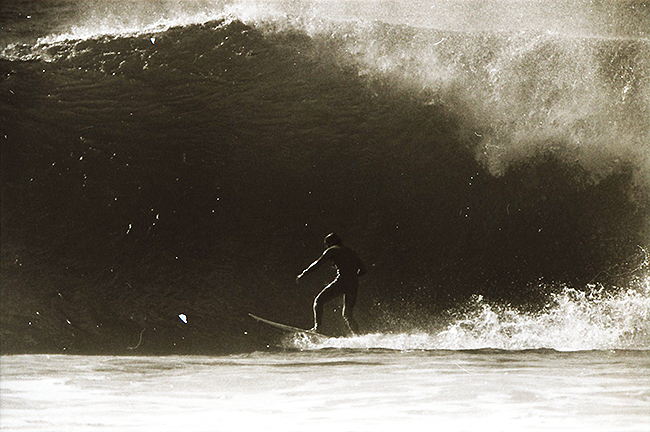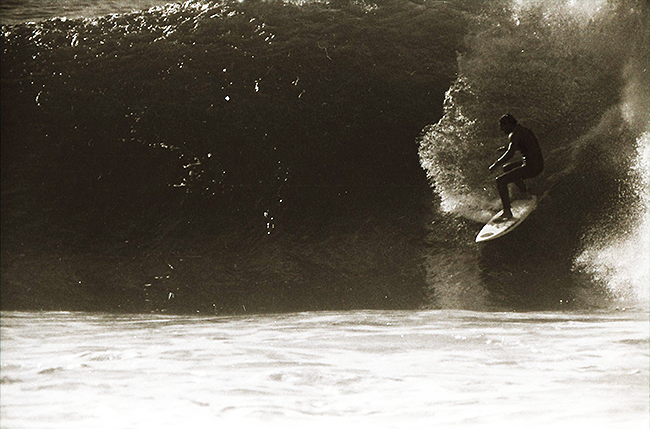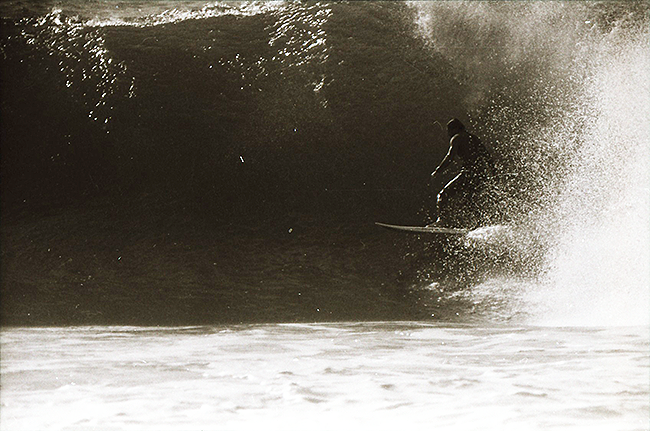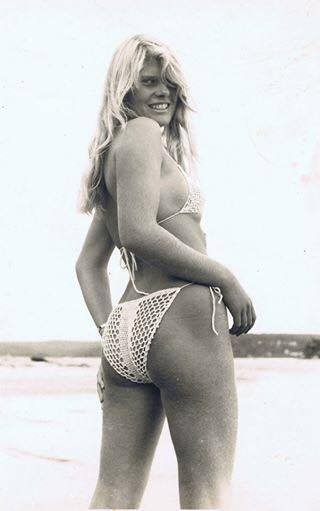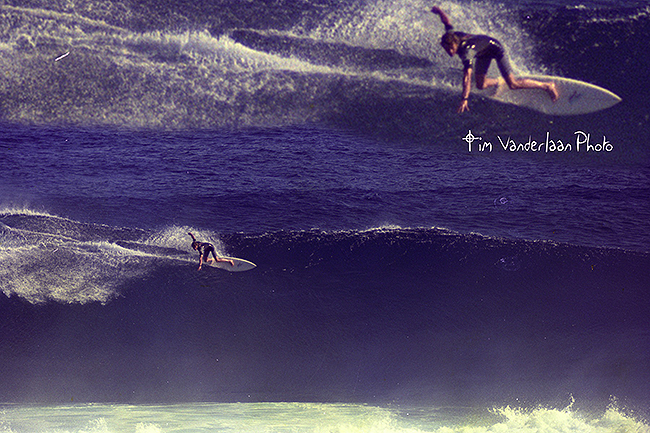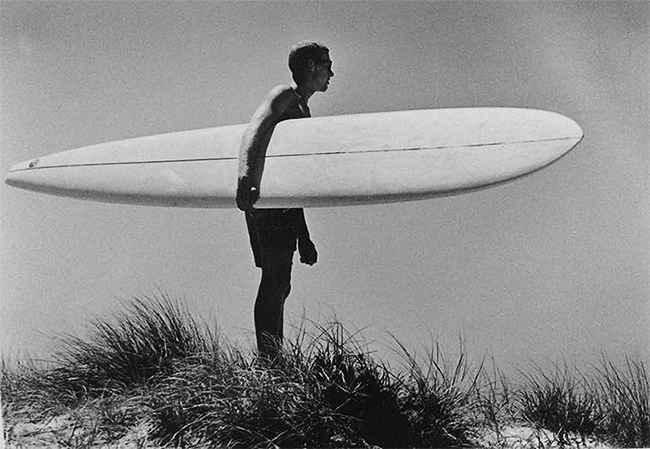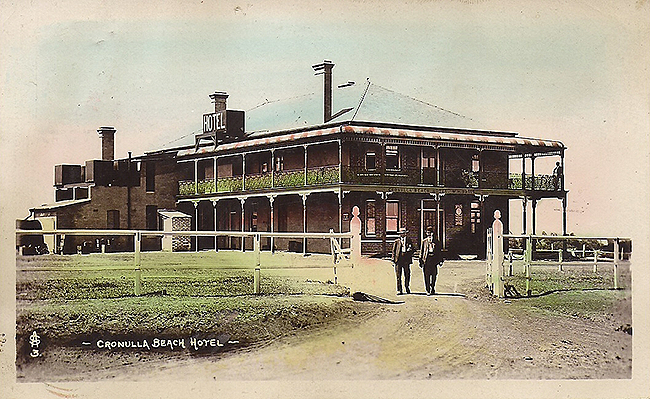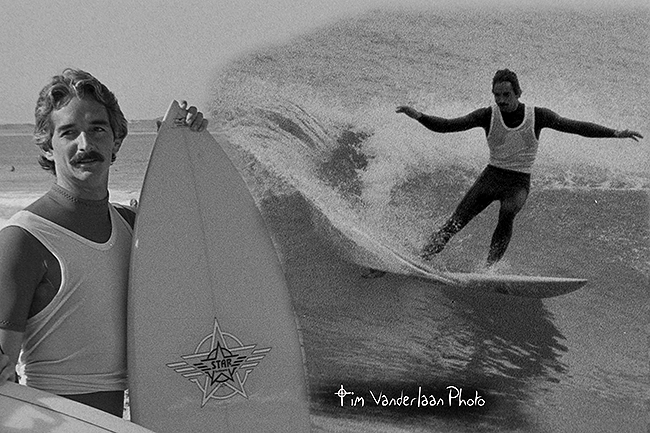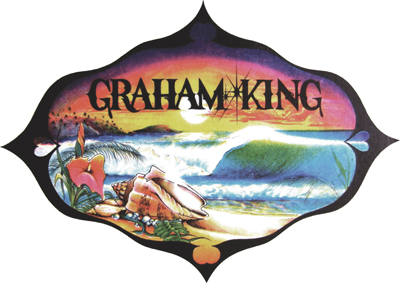Chris Iredale
Posted: November 9, 2015 at 2:11 am
Stalling for a Point barrel Circa 80’s seq Chris Stroh
Benz Bikinis
Posted: November 9, 2015 at 2:09 am
Tanya Sauer Benz Bikini Adv 1977
Posted in 70's
Voodoo ’84
Posted: November 1, 2015 at 6:16 pm
Nov 1984. A great combination. Voo Doo with a big southerly swell and a light summer northeaster. On this day the standout surfer was Jimmy Banks. On this wave an unidentified surfer takes it on backhand. Tim Vanderlaan photo.
Posted in Voodoo
Wanda Sand Dunes ’79
Posted: November 1, 2015 at 6:14 pm
The view from Cronulla Point back in ’79 as a surfer tucks in at First Reef. In the background the Wanda Sand Dunes stand tall and magnificent. photo Chris Stroh
Posted in 70's
Billy Dews
Posted: November 1, 2015 at 6:12 pm
One of Cronulla’s star surfers from the 60’s photo Bob Weeks
Posted in 60's
Mark Ryan June ’92
Posted: November 1, 2015 at 6:02 pm
Mark Rhino Ryan positions himself for the next draining section at Shark Island June ’92
Posted in Shark Island
Northies Pub 1908
Posted: November 1, 2015 at 5:59 pm
From a postcard this is the 2nd Northies Pub after the first burnt down. Viewed from back taken in 1908.
Posted in General
Greg Hourigan ’81
Posted: November 1, 2015 at 5:54 pm
Competing in the Elouera Charity Classic in 1981 photo Tim Vaanderlaan.
Posted in 80's
Occy Cover at Blackrock
Posted: November 1, 2015 at 5:45 pm
From a epic photo session on a maxed out day when Occy along with Dog Marsh hit Aussie Pipe with the Surfing World crew, Photo Bruce Channon.
Posted in 80's
Graham King
Posted: November 1, 2015 at 7:03 am
Pioneer of surfboard manufacturing Kingy has been around since the early 60s making boards and eventually moved on to blowing blanks and he’s still going strong down at his Kirrawee factory today.
Posted in General

